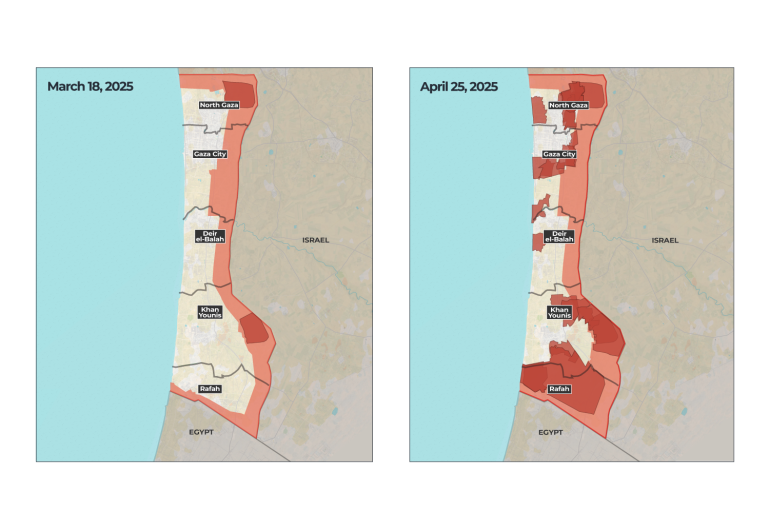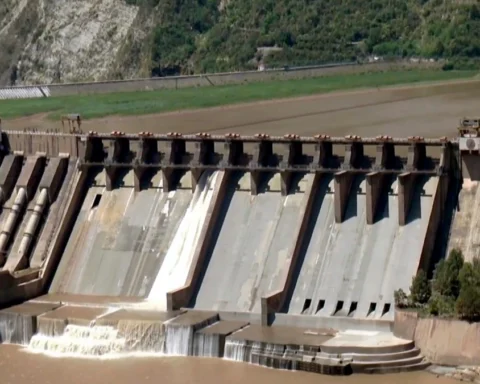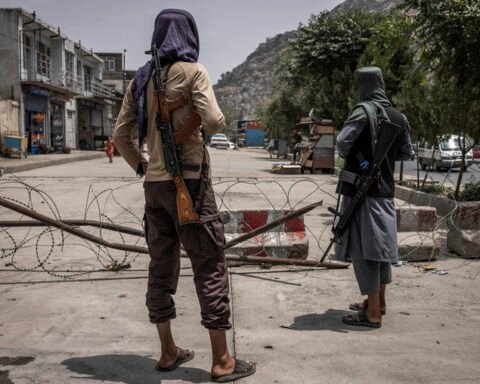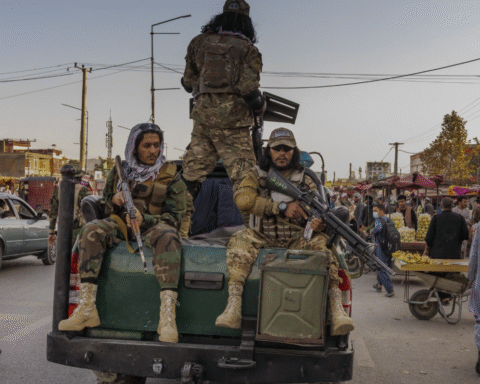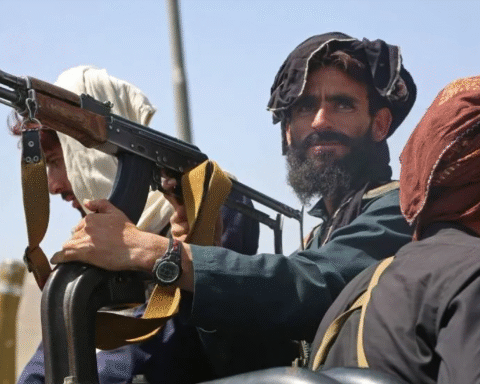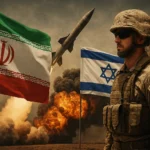Widespread Restrictions: 70% of Gaza Declared No-Go Zones
Israel has placed nearly 70% of the Gaza Strip under restricted access, either by officially declaring areas as “no-go zones” or by issuing mass displacement orders, according to the United Nations Office for the Coordination of Humanitarian Affairs (OCHA).
In southern Gaza, much of Rafah governorate has been made inaccessible through forced displacement orders imposed since late March. In the north, almost all of Gaza City has been affected by similar measures, with only minor sections in the northwest remaining outside of the restrictions. Other large swathes, particularly east of the Shujayea neighborhood and bordering Israel, have also been sealed off. An animated map released by monitoring agencies illustrates the progression of these restrictions since Israel resumed its offensive after breaking a ceasefire on March 18.
Israel’s Strategy: Territorial Control Over Gaza
Israeli Prime Minister Benjamin Netanyahu recently confirmed plans for a sustained military presence in Gaza. He stated that the more than two million Palestinians living in the region “will be moved,” in what he described as a ground operation intended to maintain control over seized areas. His cabinet also approved the mobilization of 60,000 reservists, assigning the Israeli military responsibility for aid delivery to Gaza’s embattled population.
Field reports from central Gaza suggest the offensive is viewed by Palestinians as not only a military maneuver but an attempt at reshaping the region’s demographic and political landscape. Al Jazeera’s Tareq Abu Azzoum reported from Deir el-Balah that many Palestinians believe the broader objective is to push them out of their homes permanently—well beyond the stated aim of weakening Hamas.
Social media channels are saturated with Palestinian voices expressing determination to remain in Gaza, reflecting a prevailing mood of resilience despite the severe circumstances.
Humanitarian Crisis Deepens: Gaza Faces Imminent Famine
As military operations intensify, humanitarian conditions in Gaza continue to deteriorate rapidly. The Palestine Red Crescent Society (PRCS) has warned that the Strip is at “extreme risk of famine,” noting that markets and distribution centers have run out of food. The organization’s stockpiles for displaced people are entirely depleted, with only small quantities of legumes being delivered to community kitchens.
Israeli human rights group B’Tselem accused the government of using starvation as a method of warfare, pointing out that half of the individuals affected are children. According to the PRCS, over a million displaced Palestinians are unable to meet even the minimum daily nutritional needs.
Since the breakdown of the ceasefire on March 18, at least 2,459 Palestinians have been killed in Gaza, bringing the confirmed death toll in the besieged region to 52,567.

